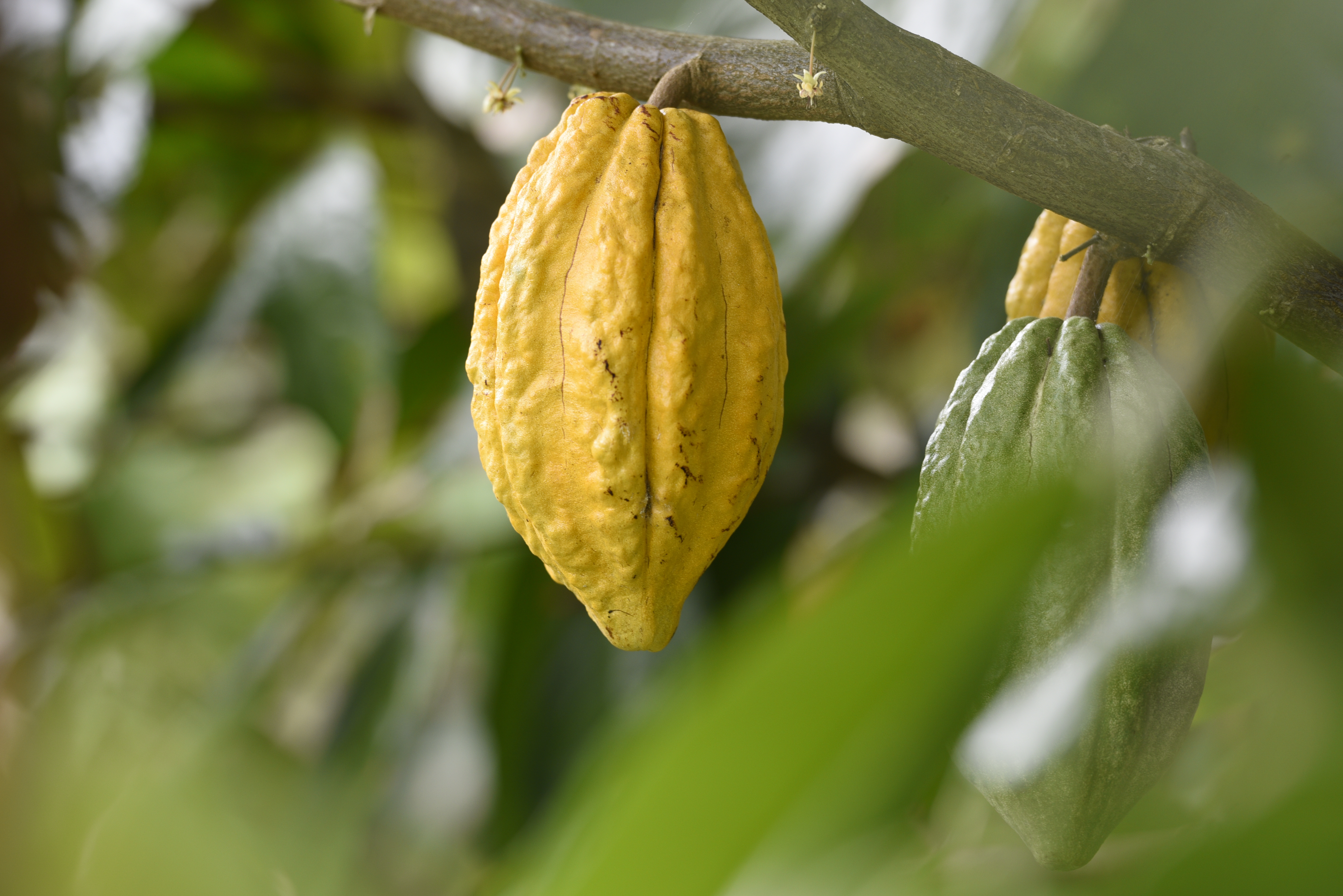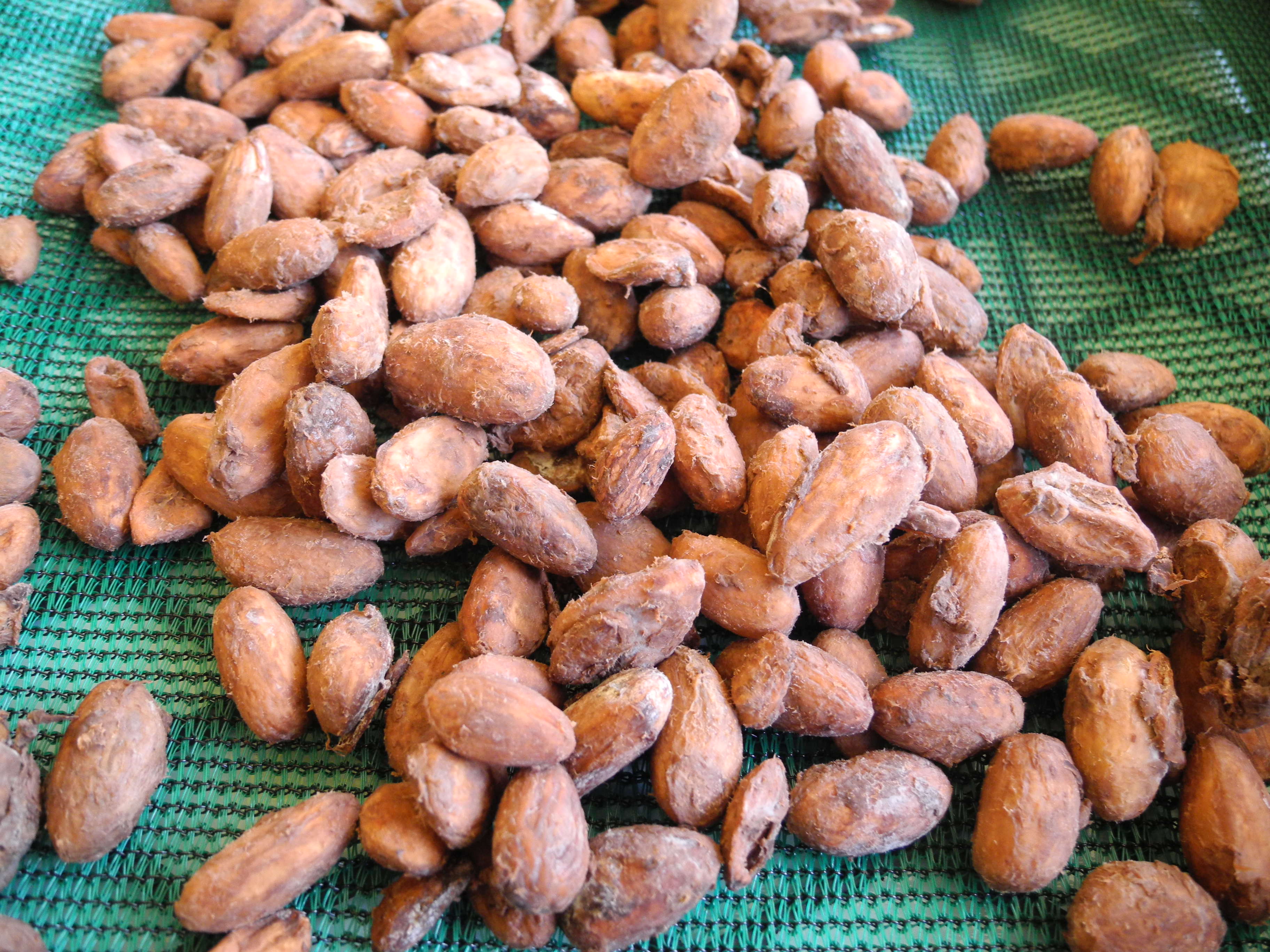What’s so special about Australian grown chocolate?
22nd Sep 2020

Australian chocolate is a high quality product produced with carefully controlled safe practises. This results in chocolate with optimal flavour that is among the best in the world.
It takes about 5 million tonnes of cocoa to make the chocolate the world consumes each year. 70 per cent of that 5 million tonnes is grown in West Africa. Major producer countries are Ivory Coast, Nigeria and Ghana. In 2019 Ivory Coast produces 1.9 million tonnes or 38 per cent of world supply.
The vast majority of the cocoa crop is grown by small subsistence farmers on one to five hectares; where they might have only a few hundred cocoa trees. Cocoa is a cash crop along with rubber, coffee and oil palms. The farmers generate a meagre income. Most of the farming work is done manually. Fertiliser is rarely affordable and pest management is usually not used.
Whilst being hugely important as an economic driver in this region it is not without problems.
As soils in established growing areas are depleted, mass deforestation has occurred. Indentured labour and child labour are still common. Corruption is entrenched. Other factors impacting quality are harvesting, fermenting and drying practises.
Life is not easy for a West African cocoa farmer. They can suffer poor yields and bean quality.
Harvesting, drying and fermenting
Cocoa should be harvested at the ideal stage of ripeness.

Ripeness is determined by the colour of the pod. Harvesting too early results in beans with diminished flavour. Harvesting too late results in beans with ‘off’ flavour. Due to the economic circumstances of the farmers, pods are often picked at less than ideal ripeness.
Fermentation is the critical step in producing excellent flavour in the finished chocolate. Fermentation methods, appropriate fermentation vessels, absolute hygiene and temperature monitoring are required for consistently excellent results.
Drying needs optimum conditions. Sun drying is ideal. However, as cocoa is grown in high rainfall areas moisture can cause moulds. Contamination by domestic and wild animals is a concern for some farmers. Wood fired drying is often used. If not done carefully there will be a smoke taint in the chocolate.
Chocolate makers who import beans must be on the lookout for substandard beans.
Australian grown cocoa
Australia agriculture is technologically advanced.
From the very beginning the industry in Australia recognised that Australian cocoa would have to be of the very highest quality. It would also need to be high yielding.
Australia is a well-regulated country which does not tolerate poor practices like deforestation and indentured labour. Australian cocoa growers understand the economic benefit of producing premium quality beans.
Australian processes

Australian cocoa pods are harvested at optimum ripeness. Pod opening and fermentation is done in controlled, covered situations.
Australian fermentation takes place in clean vessels rather than directly on the ground. Time and temperature are plotted carefully and recorded. Samples are regularly tested in accredited microbiological labs.
Drying, followed by bean storage is carefully monitored with testing for specific moisture content.
This all makes Australian cocoa a superior product.

